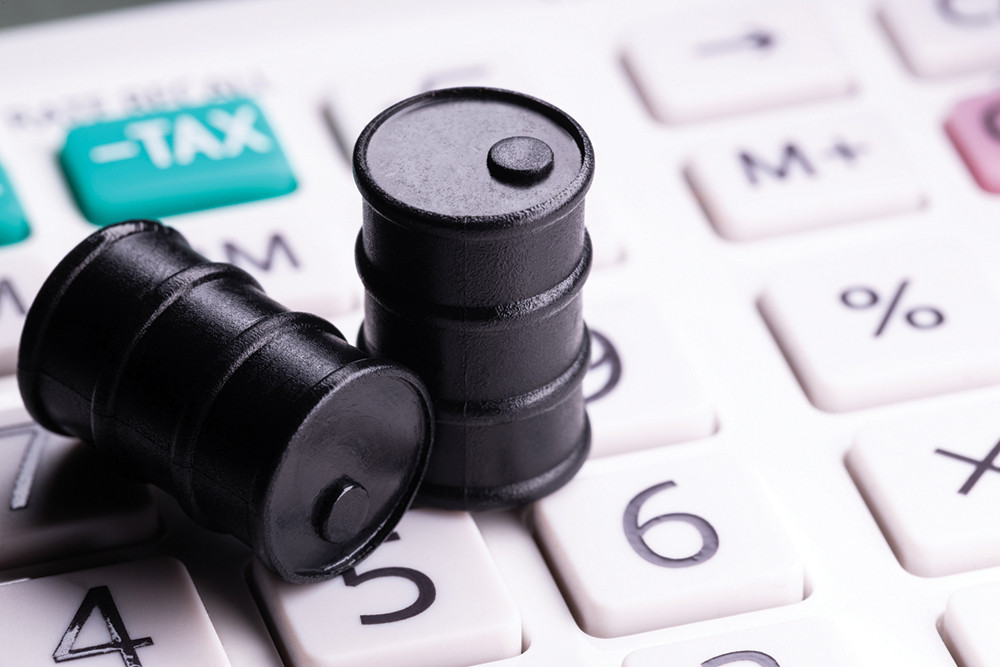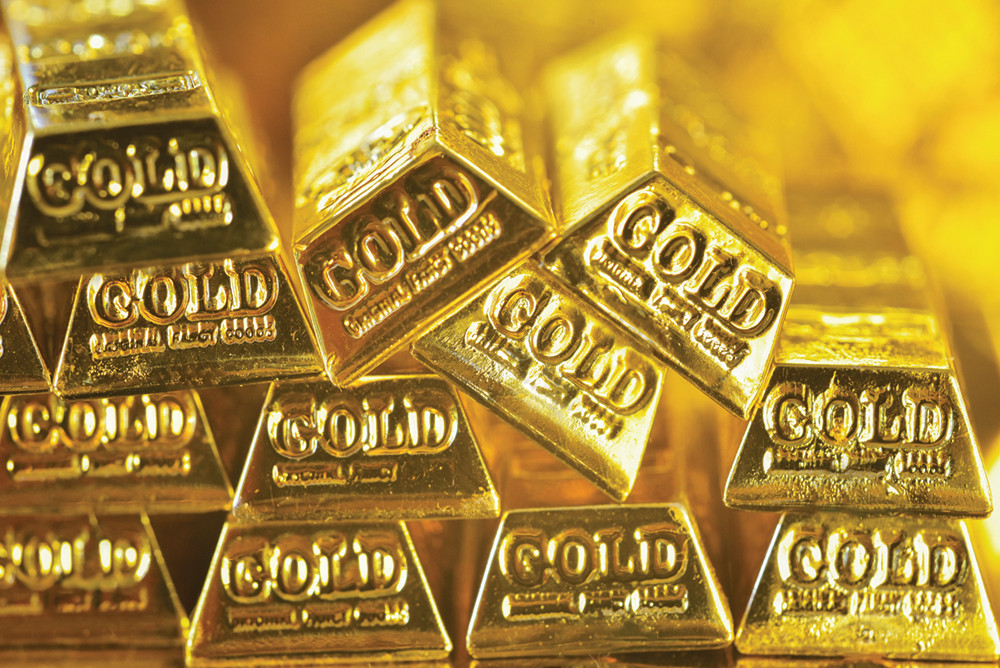
On August 15, gold prices slumped to $1159.96 per troy ounce, the lowest since January 2017. While market pundits have sought numerous reasons for the fall, the appreciating US Dollar has been a major attribute pressurizing the price of gold downwards. It does not seem a far-fetched idea that the current market price of gold is now far below its true value. And the very thought that prices will go up from here is unlikely given developing factors.
Market practitioners have been mystified by the drop although other risk factors were brewing large. The slump in Turkish Lira triggering drop in value in other emerging nation currencies has also created a renewed interest in the greenback. If gold is considered a safe haven asset against the backdrop of global uncertainties, the US Dollar stands as a safe haven currency since it offers positive interest rate.
With greenback regaining lost ground and gold prices being adversely affected, the global financial world is swayed by the idea that the greenback is the currency to hold and that the US Dollar can outshine the bullion invariably. However, another school of thought finds this questionable given that the end of the Federal Reserve’s hiking cycle might be closer than what most analysts expect; reason being the mounting indebtedness of the US Dollar.
It is no secret that scores of economies around the world pay high dependence on the US Dollar. It has perpetually put added pressure on the Federal Reserve as the central bank’s policy will not only affect the US economy but will also drive other nations monetary policy. When the US may need higher interest rates to complement the growing nature of the economy, many economies will endure significant problems coping with the rising US borrowing costs. The moment the global financial markets reveal that the Federal Reserve cannot continue its US economy-centred monetary policy, there is a probability that the US Dollar will be further critically reviewed as their monetary policy has to increasingly factor in the financial and economic needs of the global economy.
In all likelihood, the monetary policy of the Federal Reserve will inherit a ‘bail-out policy’ for the rest of the nations. It will come to the rescue of the foreign borrowers who have overstretched themselves with US Dollar debts. Similar to the Quantitative Easing of yesteryears, printing significant amounts of money and providing it at artificially low-interest rates would emerge as the hallmark of the new Fed Policy. The basic function of money is the store of value and the US Dollar will spark trader confidence in the currency.
The increasing inflow of US Dollar in the global financial system is likely to disregard the consequences this will have on the international credit system. This urges the uncomfortable truth that to keep the global credit system going, the Fed will continue to inject fresh money along with retaining interest rates at all-time low. Hence the question rises: What will happen if it keeps hiking the interest rates given the requirements of the US economy alone? The answer would be that the day of reckoning is not too far away. In hindsight, the US economy is unlikely to escape the mess and to its own horror, may have to change its way of thinking and reverse its course of practice.
In the financial markets, the current price action suggests that trader’s do not fear inflation or systemic default risks. However, the massive sell-off in gold since April 2018 appears to grossly underestimate the true risk profile in global credit and the monetary architecture system that we all are a part of. There are also reasons to prove that the shorting has gone too ahead thereby pushing prices well below true value.
On one side, gold has become immensely cheap since the glory days of September 2011 when the bullion attained an all-time high price of $1920.69 per troy ounce, becoming a pain for those nations and traders holding it. On the contrary, it offers an excellent opportunity for those who want to build their gold holdings. In observation, it appears that we are right in the middle of a dilemma in which the market value does not reflect true value. The global stock markets are perceived to be in hay days while gold is presumably cheap. But history has always taught us that overvaluation or undervaluations are bound to be corrected over a course of time.
The global financial markets have entered a chapter in which the greenback, for political economic reasons, cannot serve the unique status of the world’s only reserve currency. If this validation is considered true or even partly true, moving forward, the price of gold can be expected to move higher to counter it. Gold is definitely at a crossroads of fate: where a move on either side will bring contentment for one party and discontent for the other. Which side are you on?
Vivek Risal is associated with Mercantile Exchange Nepal Limited in the capacity of Manager in Research and Development Department. He can be contacted at r&[email protected]





